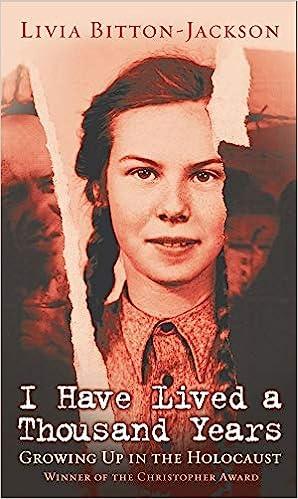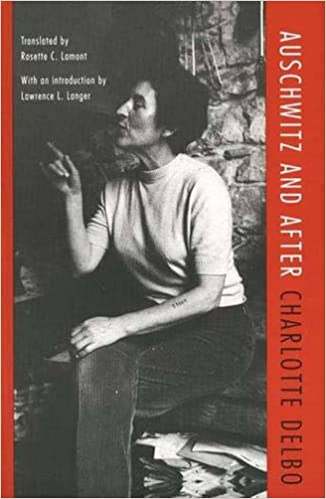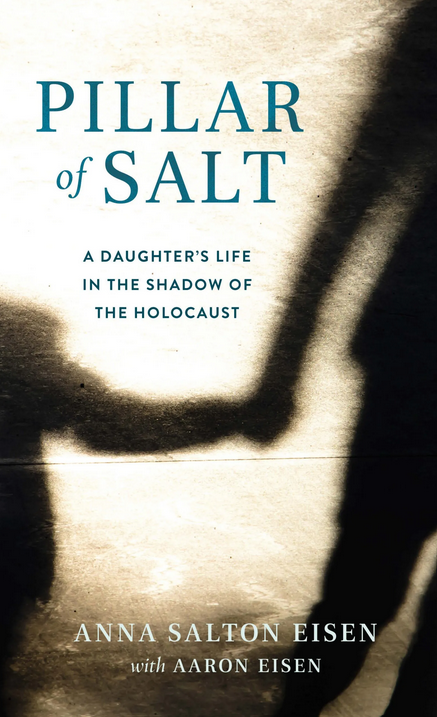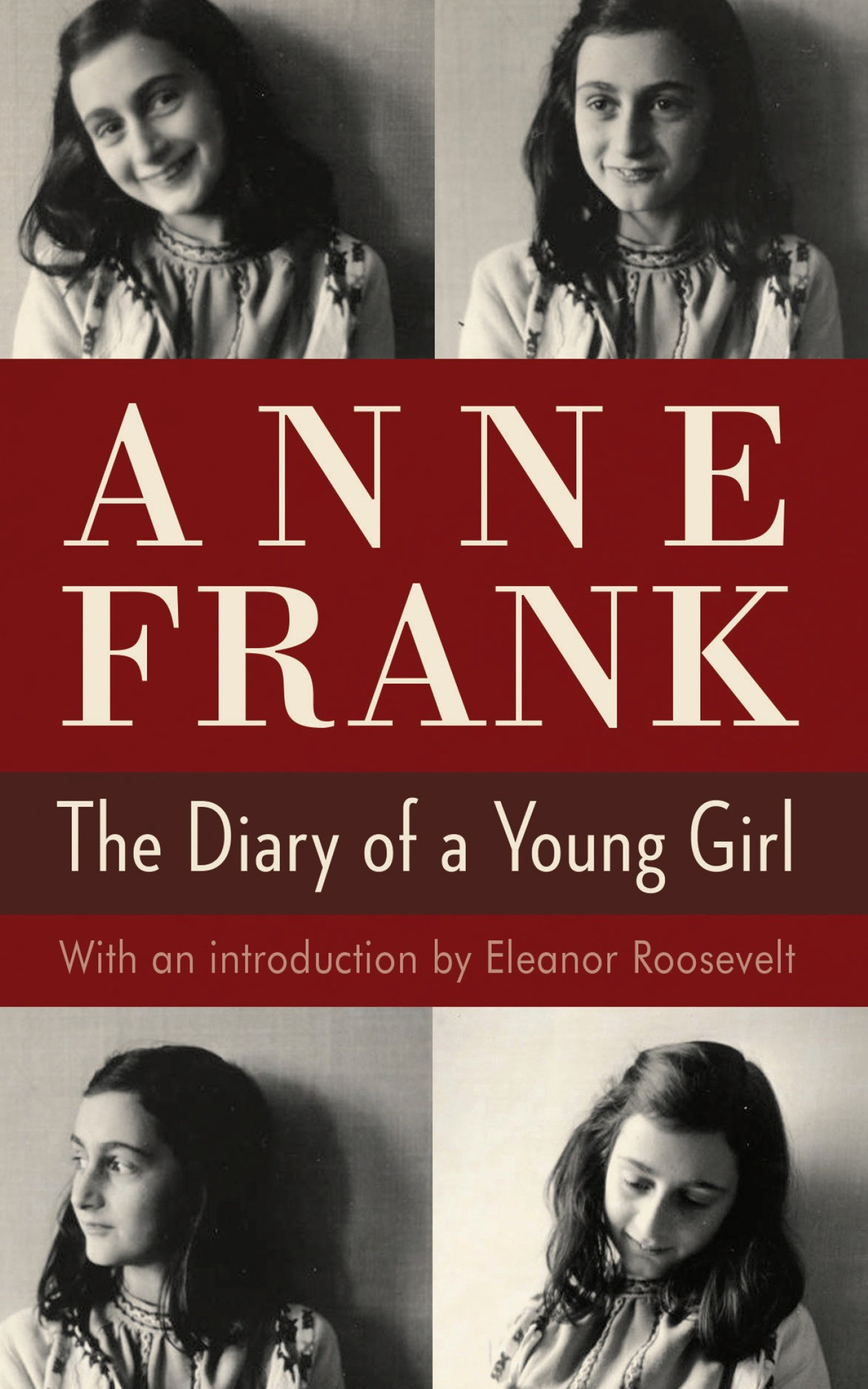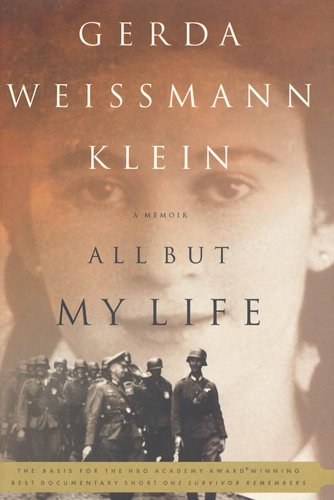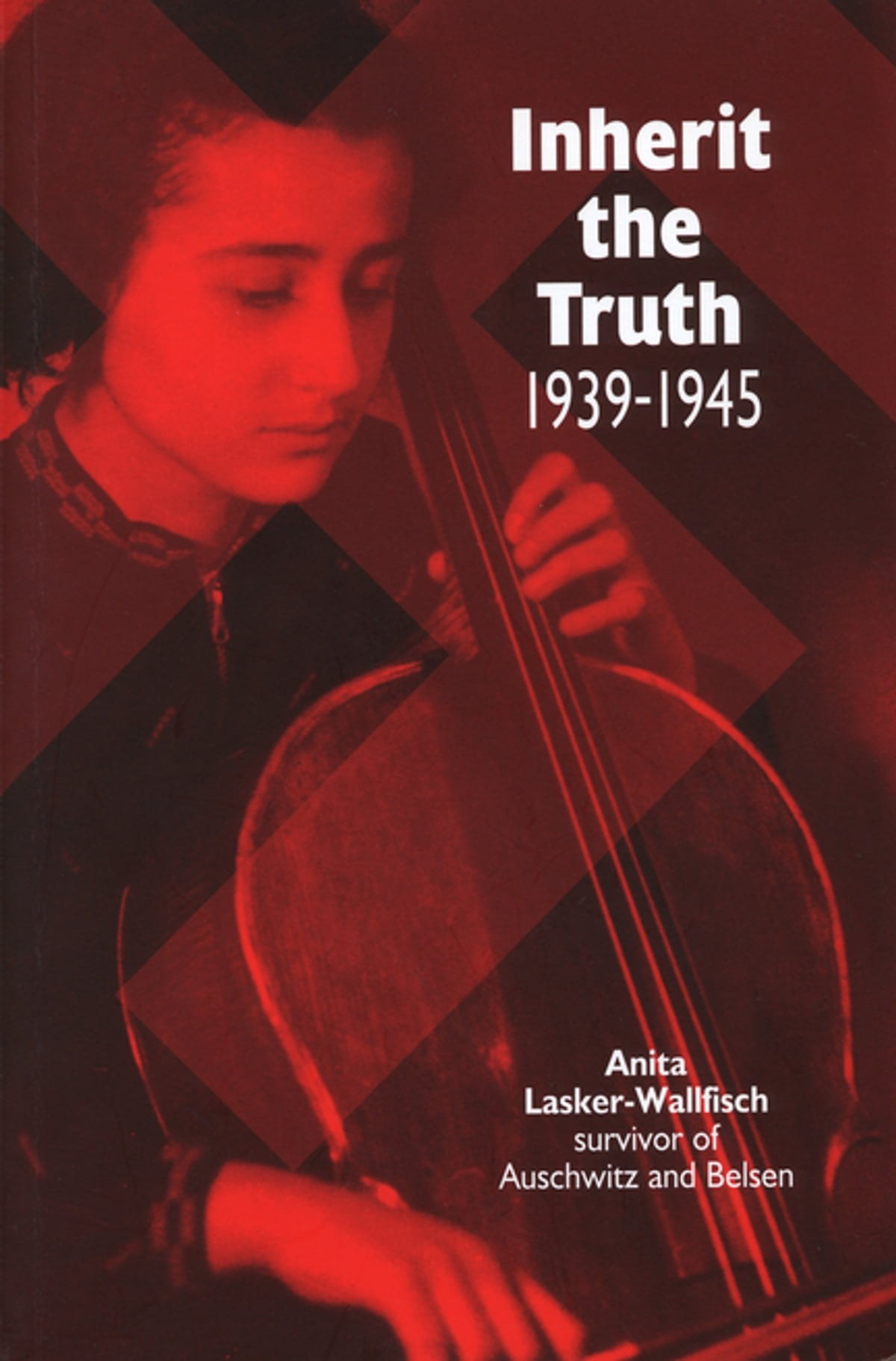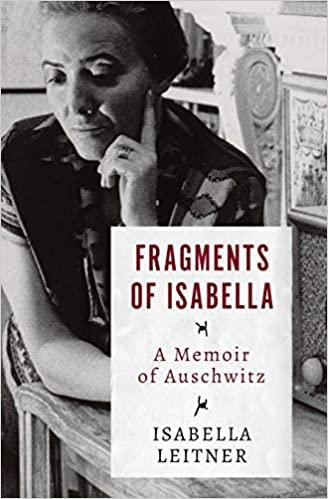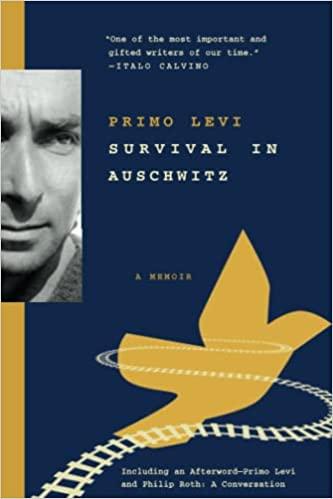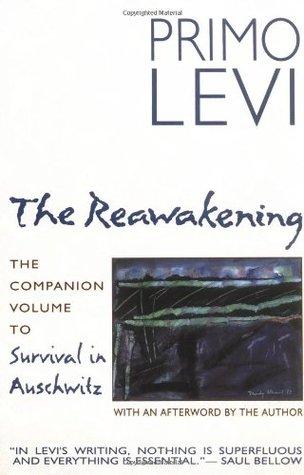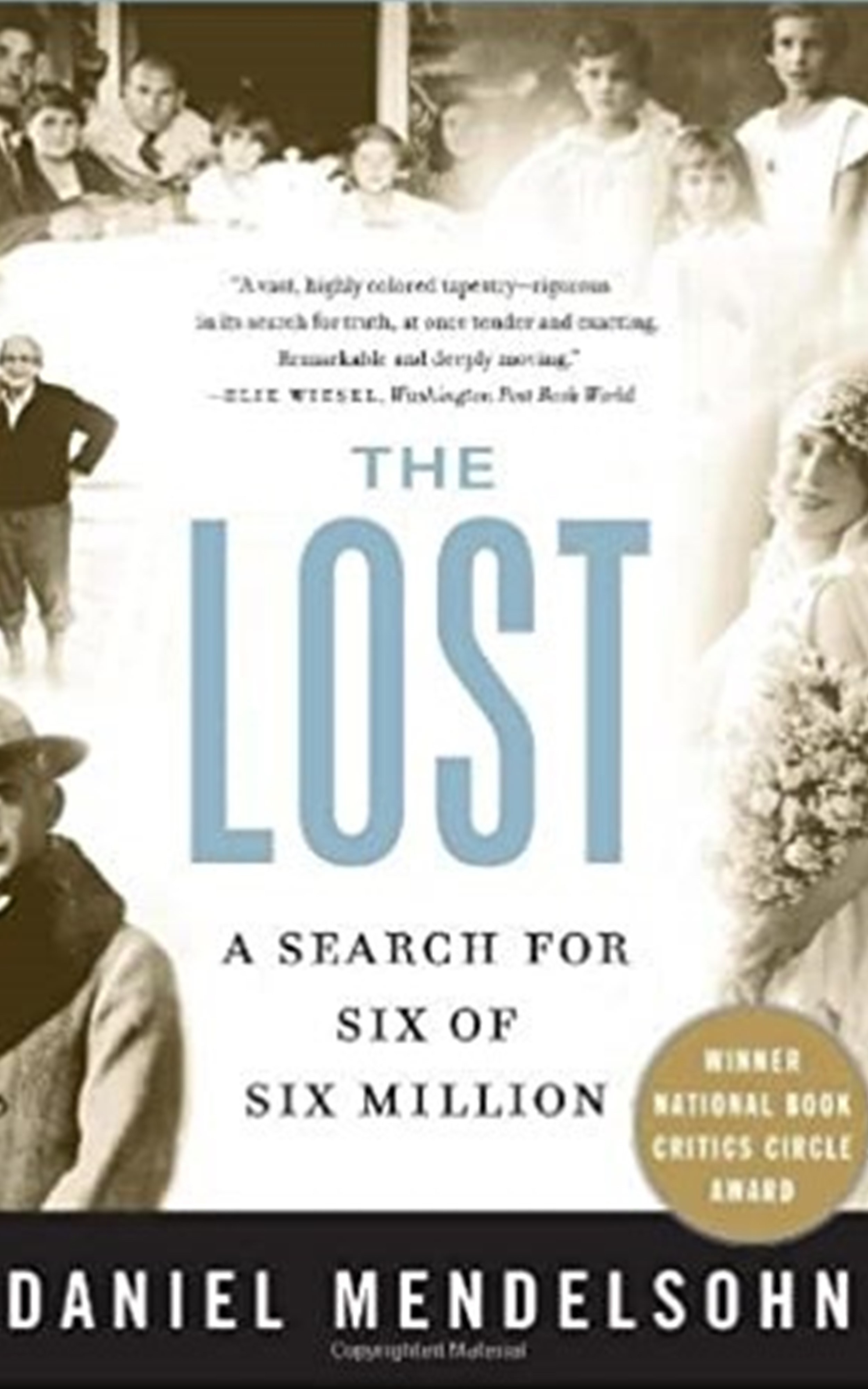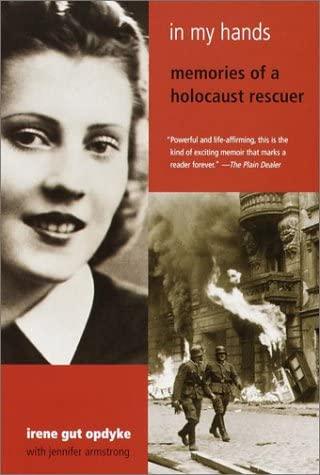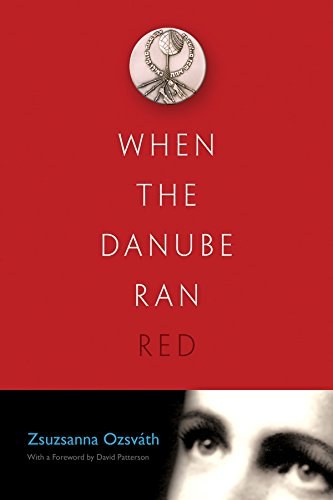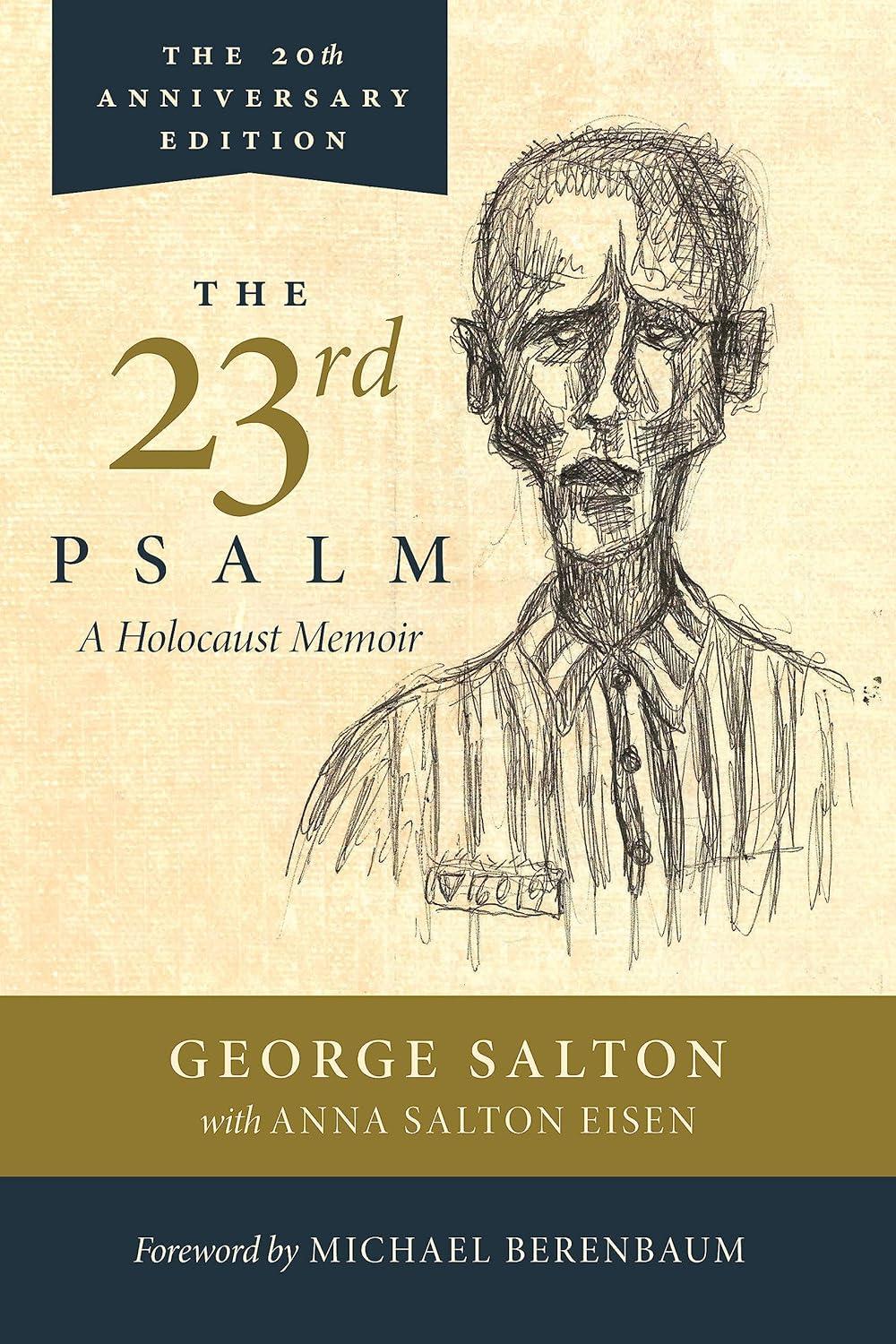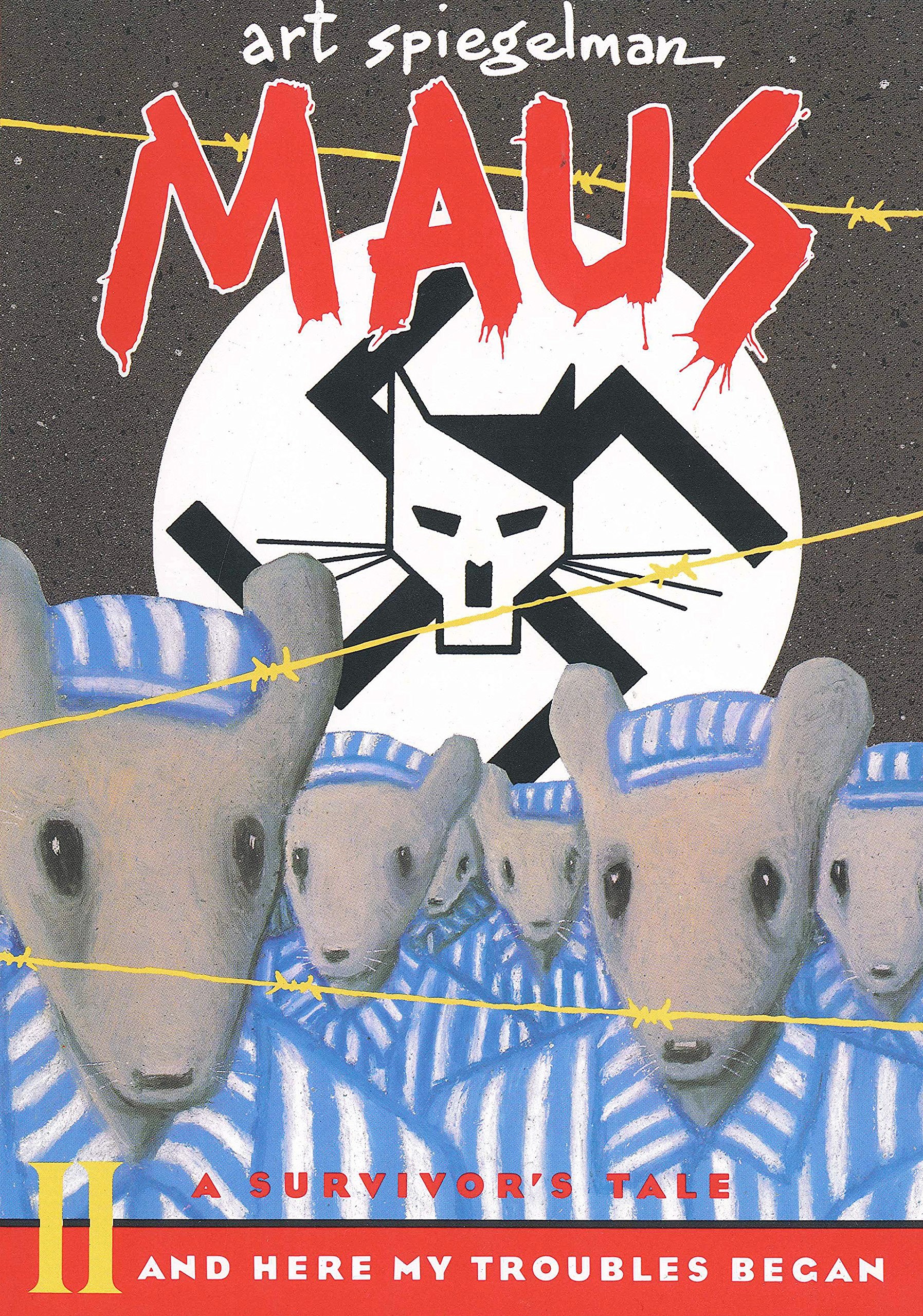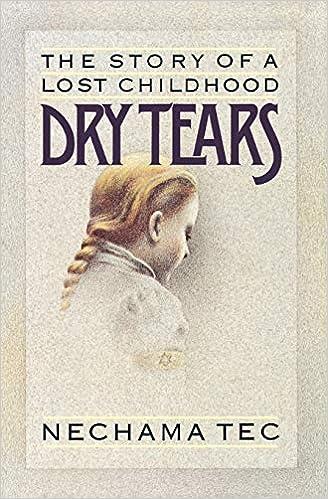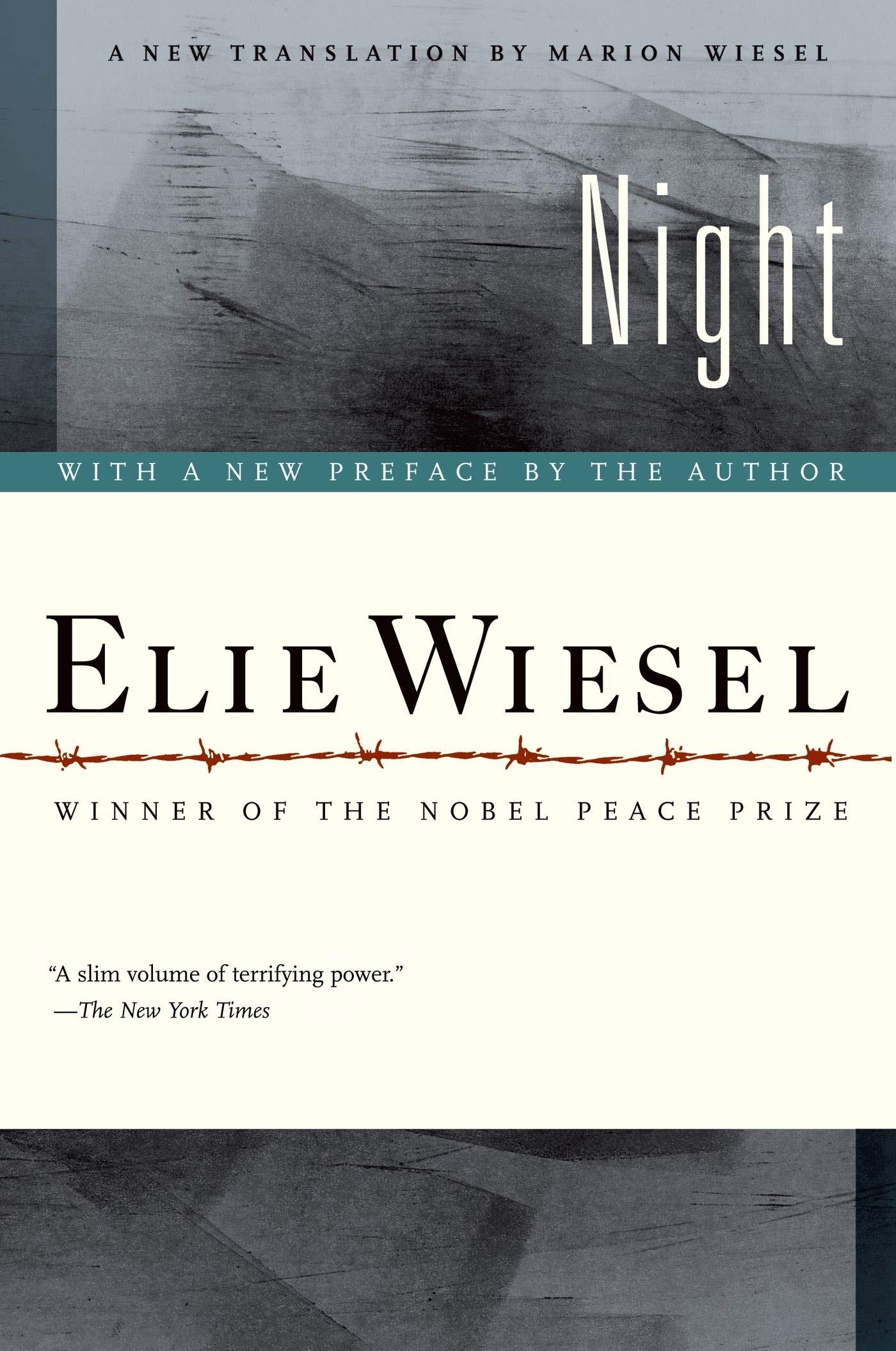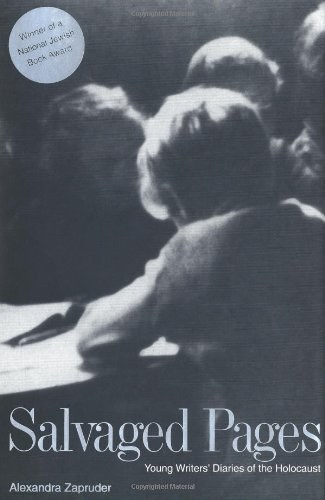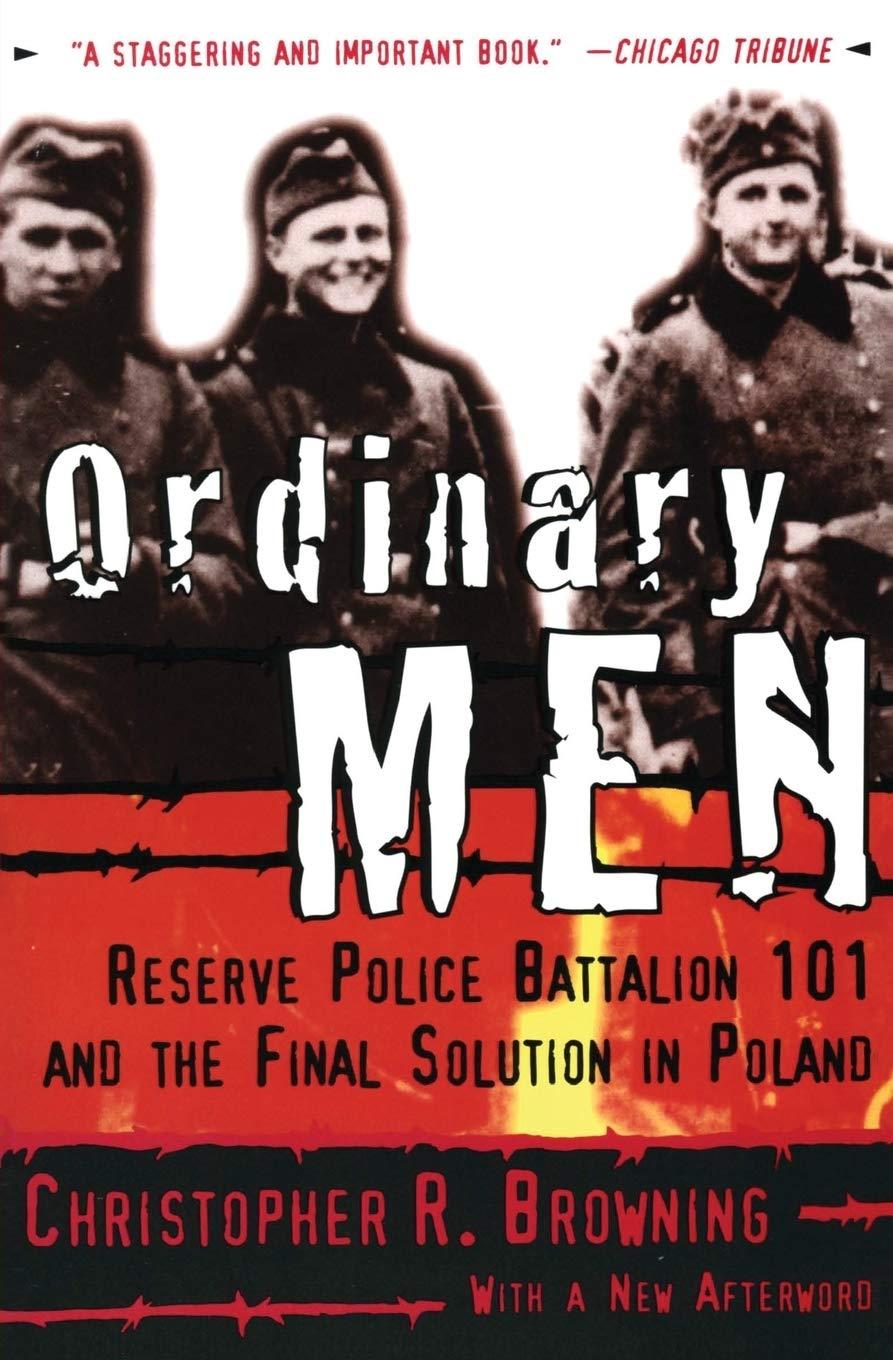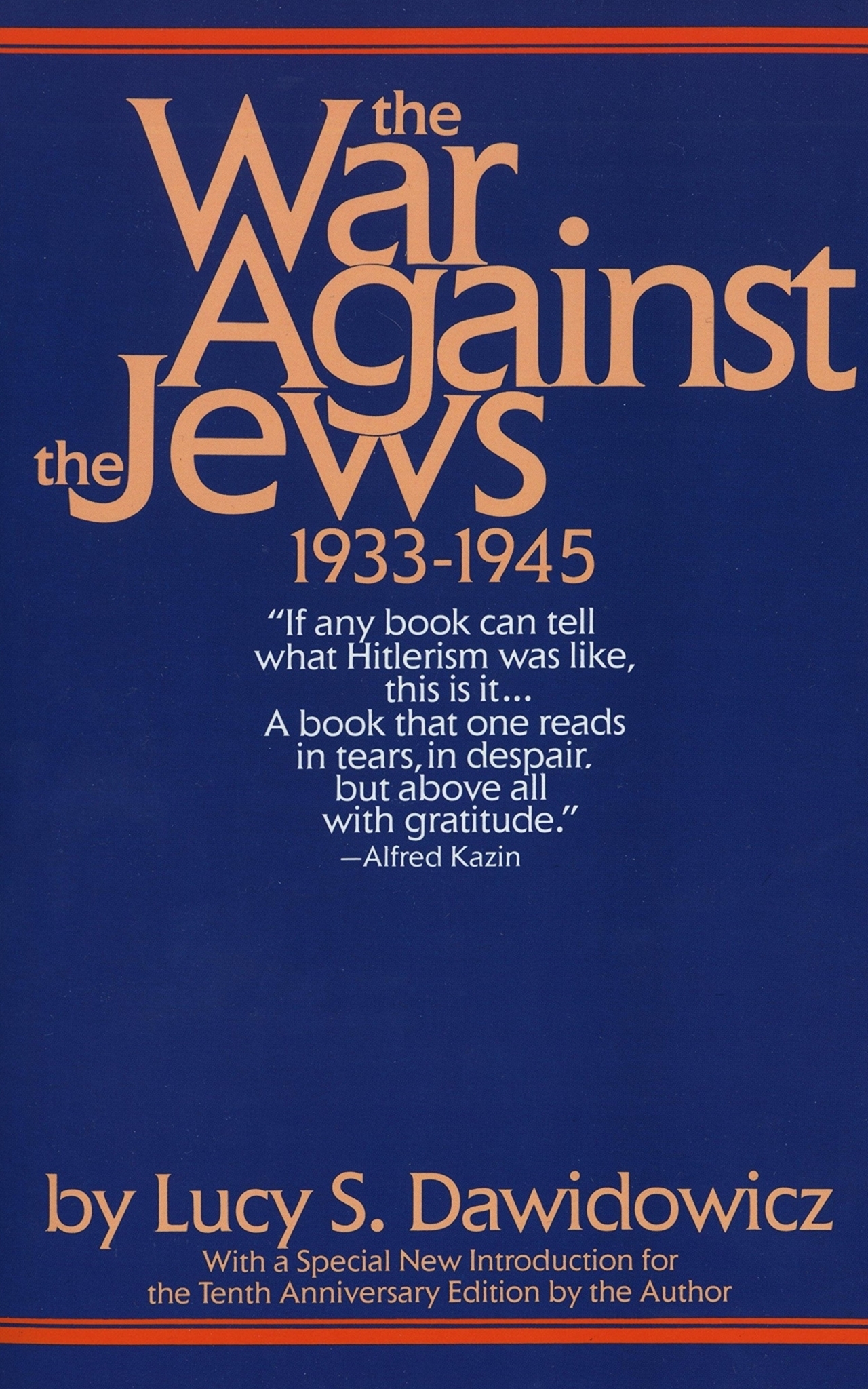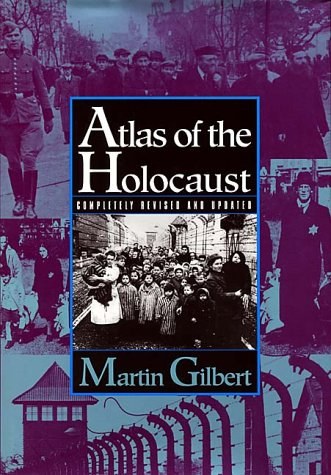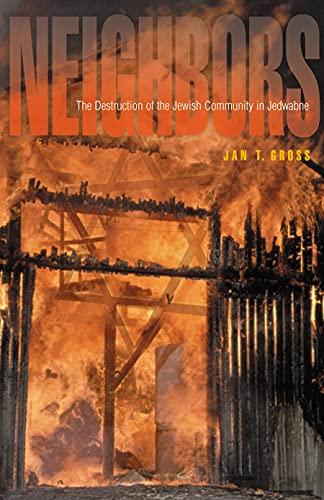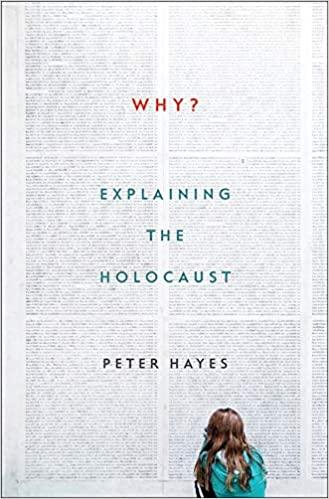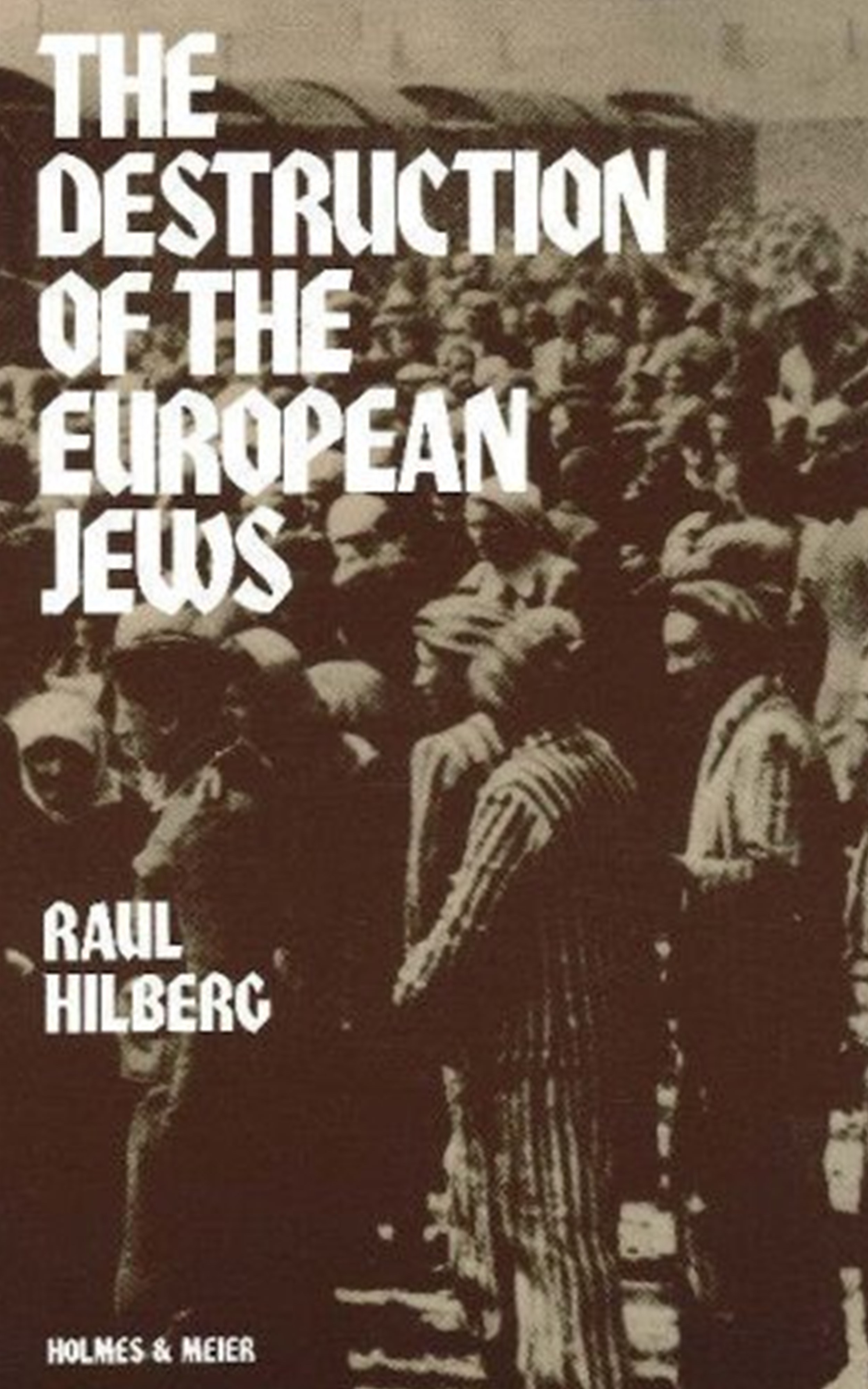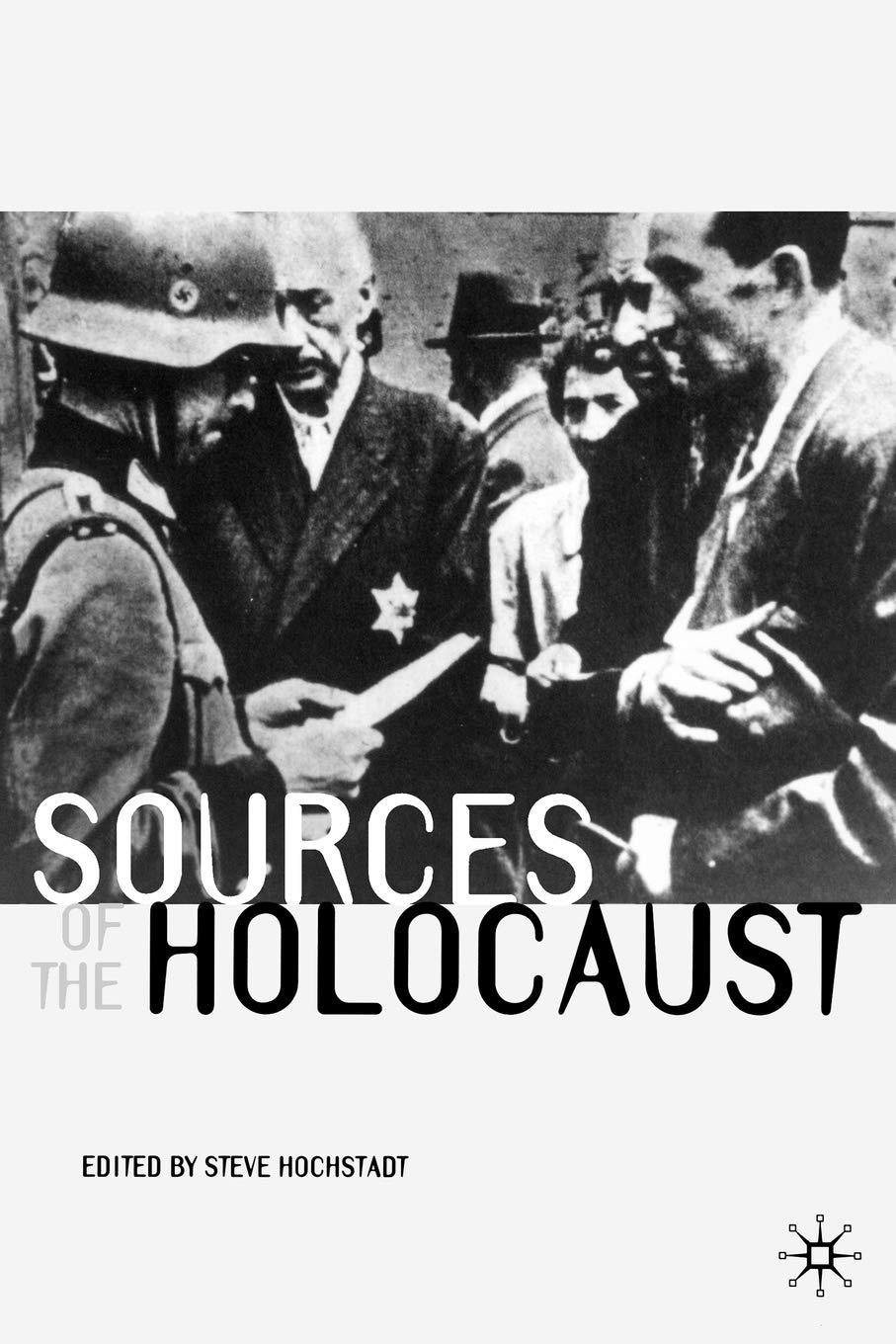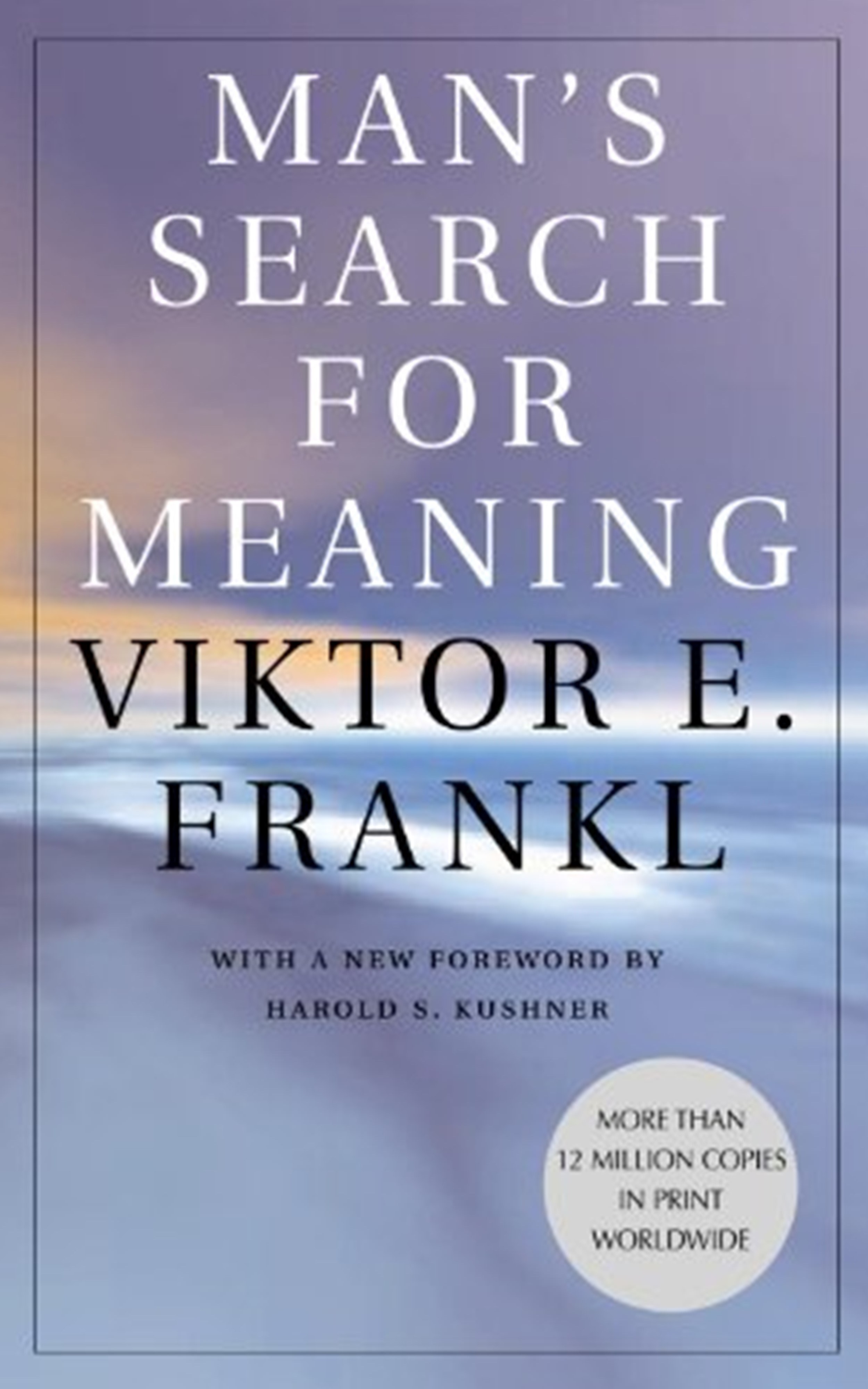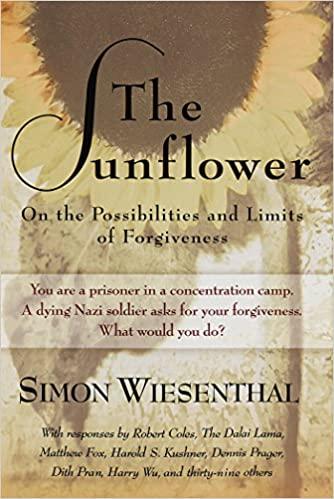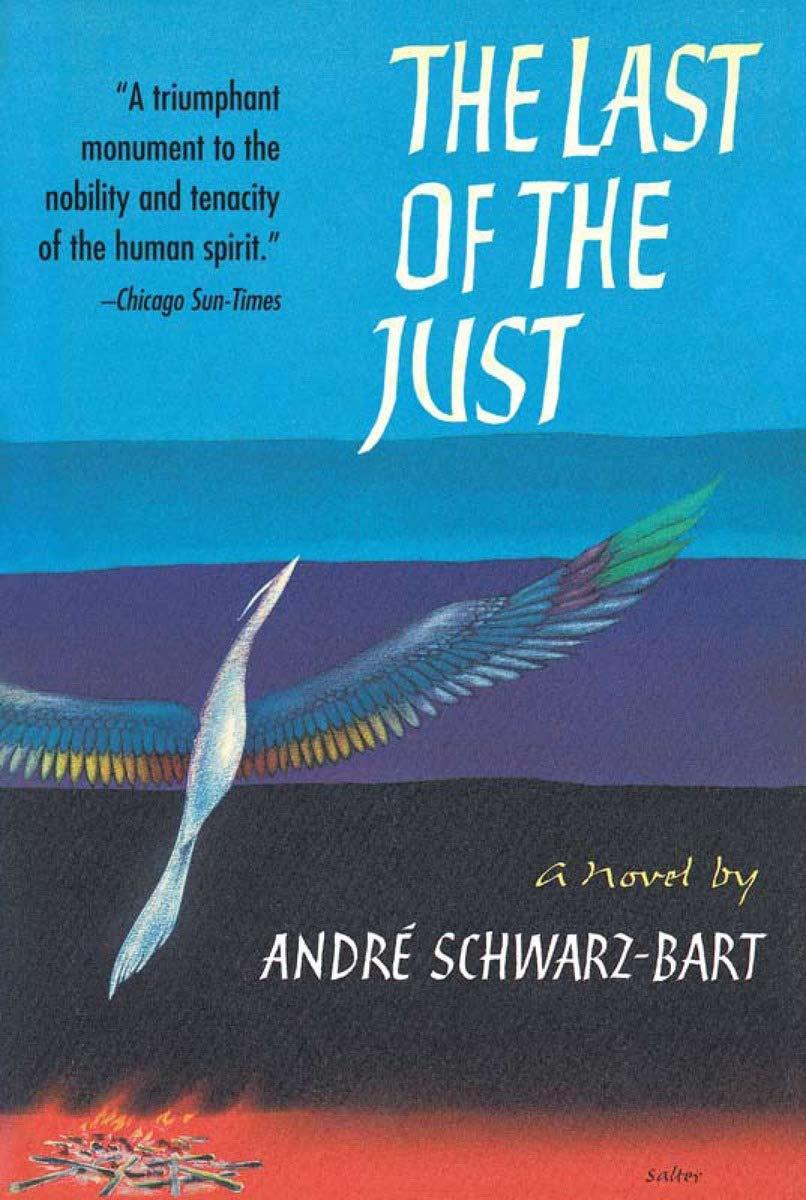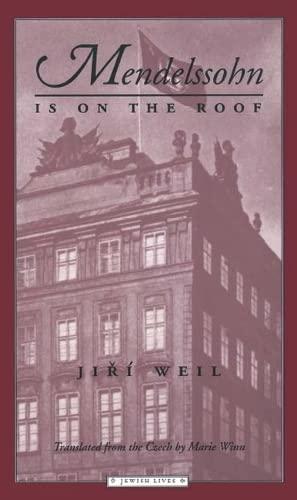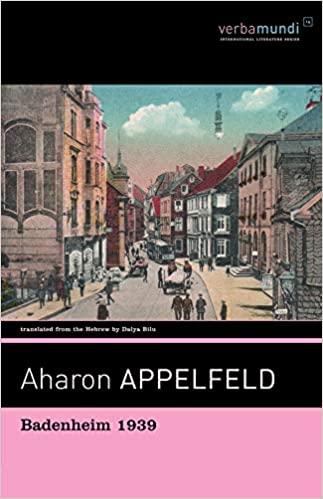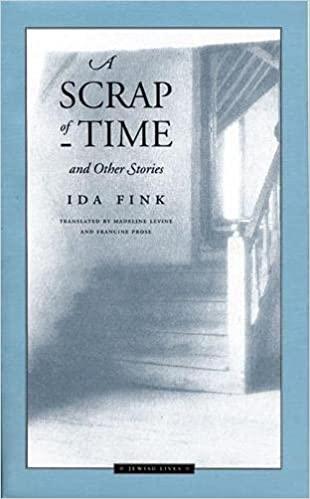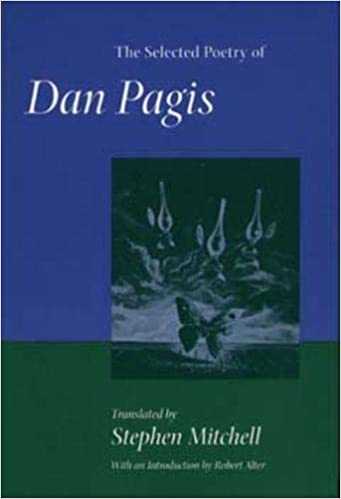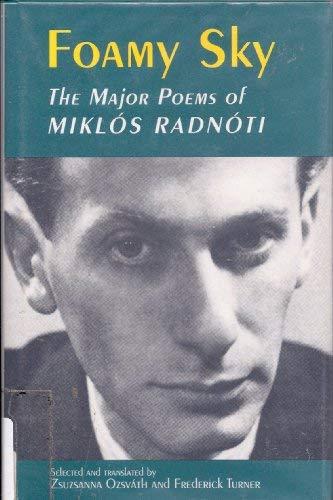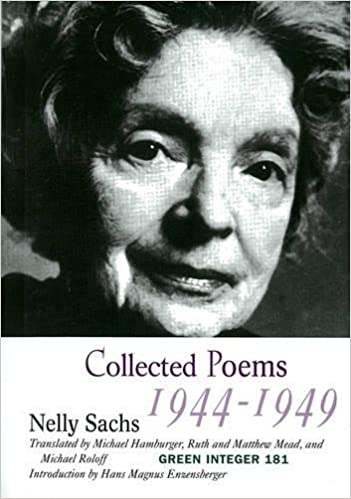Approved Literary/Print Materials for the Classroom
SB 1828 assigns the THGAAC the task of approving resources that can be used in the classroom. The following resources are approved. SB 1828 allows each Texas school district to decide which THGAAC-approved materials are age-appropriate for their students. The THGAAC includes an age recommendation for each approved book.
Readings on the THGAAC Antisemitism page and the THGAAC Texas Connections page are also approved for classroom use during Holocaust Remembrance Week.
Approved Introductory Readings
Life Writing (Memoirs, Diaries, Biographies)
Approved for Classroom Instruction
The following titles are arranged alphabetically by author. Please click on each image to find a brief description and age recommendation.
Bitton-Jackson, Livia. I Have Lived a Thousand Years: Growing Up in the Holocaust. Memoir depicting experiences of a girl who survives a ghetto and several camps, starting at age 13
Age recommendation: 8th through 12th grades, due to reading level and descriptions of camp life
Delbo, Charlotte. Auschwitz and After. Written by a non-Jew who was imprisoned in Auschwitz, this groundbreaking trilogy of memoirs is published in English in one volume. Widely considered a literary masterpiece, the book includes both prose and poetry
Age recommendation: 10th through 12 grades, due to reading level and disturbing subject matter
Eisen, Anna Salton with Aaron Eisen. Pillar of Salt: A Daughter’s Life in the Shadow of the Holocaust. Memoir by a “second generation survivor” daughter who describes growing up with two survivor parents (her father survived 10 different camps) and later traveling to Europe with them to excavate their lives before the Holocaust; this is an excellent option for learning about what it feels like to grow up in the United States with parents who survived the Holocaust; author lives in Texas and can be available for speaking engagements (complete our speaker request form to request her); 170 pp + brief glossary
Age recommendation: high school, due to reading level and some disturbing passages
Frank, Anne. The Diary of a Young Girl. The most widely read text by a Holocaust victim
Age recommendation: 7th through 12 grades, due to reading level
Advisory note: Because so many people have misinterpreted and abused the limitations of this book, its stage and film adaptations, and its relationship to the Holocaust (about which the author knew very little while writing), educators intending to assign this text would do well to read the Anne Frank chapters in Alvin Rosenfeld's The End of the Holocaust, as well as Cynthia Ozick's famous article in The New Yorker, "Who Owns Anne Frank?"
Klein, Gerda Weissmann. All But My Life. Survivor memoir; describes concentration camps and death march; author and account are also the subject of Oscar-winning documentary, One Survivor Remembers;
Age recommendation: high school, due to reading level
Lasker-Wallfisch, Anita. Inherit the Truth (1939-1945). Memoir; one of several life writings written by members of the women’s orchestra in Auschwitz, this book cover looks at the physical, psychological, and spiritual torture of musicians, how the Nazis perverted the value of art, and how the narrator and her sister were able to survive the camp; music teachers in particular will find this account valuable
Age recommendation: high school, due to reading level
Leitner, Isabella. Fragments of Isabella. Survivor memoir; new edition published in 2018; very short chapters and short overall length will make this an attractive option, though the book’s lack of a clear linear narrative means that instruction will need to find other means of providing a Holocaust timeline to students
Age recommendation: high school, due to disturbing subject matter and some strong language
Levi, Primo. Survival in Auschwitz, translated by Stuart Woolf. Survivor memoir by one of the most acclaimed literary talents on the Holocaust
Age recommendation: high school, due to reading level and disturbing and complex subject matter
Levi, Primo. The Reawakening, translated by Stuart Woolf. Survivor memoir; describes the former camp inmate’s journey back to Italy as a survivor
Age recommendation: high school, due to reading level and disturbing and complex subject matter
Mendelsohn, Daniel. The Lost: A Search for Six Million. This award-winning book describes an American Jew's recent search to learn the fates of his Polish relatives during the Holocaust
Age recommendation: 10th through 12th grades, due to reading level
Müller, Filip. Eyewitness Auschwitz: Three Years in the Gas Chambers. Survivor memoir; describes work by Sonderkommando in the gas chambers
Age recommendation: 10th through 12th grades, due to reading level and especially graphic and horrifying descriptions, even compared to most other memoirs
Nomberg-Przytyk, Sarah. Auschwitz: True Tales from a Grotesque Land. Survivor memoir
Age recommendation: 10th through 12th grades, due to reading level and disturbing subject matter
Opdyke, Irene Gut. In My Hands: Memories of a Holocaust Rescuer. Survivor memoir; describes beautiful Polish nurse, her Catholic-faith-based decision to hide Jews under the nose of a Nazi major, and his discovery and blackmail of her to be his girlfriend; she goes on to be named Righteous Among the Nations
Age recommendation: high school, due to certain mature themes
Ozsváth, Zsuzsanna. When the Danube Ran Red. Survivor memoir; describes from the point of view of a child in hiding who witnesses the mass shooting of fellow Jews in Budapest; the short length makes this a good choice for use in most classrooms; Texas connection: Author is an Endowed Chair in Holocaust Studies at UT-Dallas
Age recommendation: middle school and high school
Siegal, Aranka. Upon the Head of the Goat: A Childhood in Hungary 1939-1944. Survivor memoir; describes from a teenager’s point of view a ghetto; narrative ends with deportation, so no camps are depicted for young readers; Newbery Honor Book
Age recommendation: middle school and high school
Spiegelman, Art. Maus. Graphic novel that depicts a father's terrifying journey towards Auschwitz and its aftermath, as recounted by his son
Age recommendation: high school
Spiegelman, Art. Maus II. Graphic novel that depicts a father's horrifying experiences in Auschwitz and its aftermath, as recounted by his son
Age recommendation: high school
Tec, Nechama. Dry Tears: The Story of a Lost Childhood. Memoir depicting a preteen girl in hiding in Poland with her family and her struggle to pass as Christian; author later became a well-known professor in the United States
Age recommendation: 8th through 12 grades, due to reading level
Wiesel, Elie. Night. Survivor memoir; author was the most famous survivor in the world and the recipient of Nobel Peace Prize; comparatively short length
Age recommendation: high school, due to reading level and disturbing subject matter
History and Miscellaneous Nonfiction
The following titles are arranged alphabetically by author. Please click on each image to find a brief description and age recommendation.
Bauer, Yehuda. A History of the Holocaust. One of the most commonly taught secondary history texts
Age recommendation: high school, due to reading level and disturbing subject matter
Browning, Christopher. Ordinary Men: Reserve Battalion 101 and the Final Solution in Poland. Secondary text; One of the more famous and influential books on the Holocaust, this study investigates the factors that turned everyday men into murderers.
Age recommendation: High school, due to reading level
Browning, Christopher. The Origins of the Final Solution: The Evolution of Nazi Jewish Policy, September 1939-March 1942. Very detailed secondary history text
Age recommendation: high school, due to reading level
Davidowicz, Lucy. The War Against the Jews. One of the first and most commonly taught secondary history texts
Age recommendation: high school, due to reading level
Friedländer, Saul. Nazi Germany and the Jews 1939-1945: The Years of Extermination. Secondary text; one of the best and most thorough of the more recent secondary examinations of the Holocaust, this book is lengthy and thus better suited to classes that have time to study a full unit on the Holocaust.
Age recommendation: high school, due to reading level and length
Gilbert, Martin. Atlas of the Holocaust. Illustrated secondary history text
Age recommendation: middle school and high school
Golabek, Mona & Lee Cohen. The Children of Willesden Lane. Memoir about the Kindertransport to the UK
Age recommendation: middle school and high school, due to reading level
Gross, Jan T. Neighbors: The Destruction of the Jewish Community in Jedwabne. Secondary history text examines the role of certain Polish civilians in the murder of their Jewish neighbors
Age recommendation: high school, due to reading level and descriptions of violence
Hayes, Peter. Why? Explaining the Holocaust. Secondary history text uses recent scholarship to address eight commonly asked questions about the Holocaust
Age recommendation: 8th through 12th grades, due to reading level
Hilberg, Raul. The Destruction of the European Jews, Student Edition. One of the first and most commonly taught secondary history texts
Age recommendation: high school, due to reading level
Hochstadt, Steve. Sources of the Holocaust. Anthology of short primary sources, including Nazi discriminatory laws
Age recommendation: middle school and high school, due to reading level
Lower, Wendy. Nazi Empire-Building and the Holocaust in Ukraine. Secondary history text focuses on the Ukraine to explain the Nazi worldview and policies that shaped the Holocaust
Age recommendation: high school, due to reading level
Tec, Nechama. When Light Pierced the Darkness. Study by a sociologist and survivor examining what motivated rescuers of Jews in Poland
Age recommendation: high school, due to reading level
Essays Approved for Classroom Instruction
The following titles are arranged alphabetically by author. Please click on each image to find a brief description and age recommendation.
Frankl, Victor. Man’s Search for Meaning. Survivor memoir
Age recommendation: high school, due to reading level and disturbing subject matter
Ozick, Cynthia. “Who Owns Anne Frank?” The New Yorker, 28 September 1997. Article examines the treatment and reception of Anne Frank’s diary and its most prominent adaptations, including the Broadway play and Hollywood film. She confronts the reader with critical questions such as, what has made Anne Frank so popular with audiences, and how much truth about the Holocaust has been obscured in the efforts to construct the popular myths about her? Read the article here.
Age recommendation: 7th through 12th grades, due to reading level
Wiesenthal, Simon. The Sunflower: On the Possibilities and Limits of Forgiveness. Survivor memoir with symposium; this book has two parts: in the first, the survivor recounts his experience as a camp inmate who was asked for forgiveness by a dying SS officer; in the second, people from a variety of backgrounds provide brief responses offering thoughts on whether forgiveness should have been given. While this is a highly engaging text to use with students, educators should take care to avoid framing the Holocaust or the survivor experience only in terms of forgiveness.
Age recommendation: 8th through 12th grades, due to reading level and complex subject matter
Novels Approved for Classroom Instruction
The following titles are arranged alphabetically by author. Please click on each image to find a brief description and age recommendation.
Becker, Jurek. Jacob the Liar. Novel; portrays a Jewish man trying to take care of an orphan while spreading hope to other ghetto inmates
Age recommendation: high school, due to reading level
Schwarz-Bart, André. The Last of the Just. Novel; depicts several generation of a Jewish family's persecution due to antisemitism, culminating in the gas chamber; not all classes will have time to cover a novel of this length; for those looking to teach using excerpts,
Age recommendation: high school, due to reading level
Short Stories Approved for Classroom Instruction
The following titles are arranged alphabetically by author. Please click on each image to find a brief description and age recommendation.
Appelfeld, Aharon. Badenheim 1939, translated by Dalya Bilu. Novel; written by an acclaimed Israeli author, this book spotlights a fictional spa town where Austrian Jews experience persecution and eventually face deportation. Because of its high literary quality, comparatively mild content, and relatively short length, many educators will find this to be a good fit for their instruction.
Age recommendation: High school, due to reading level
Borowski, Tadeusz. This Way for the Gas, Ladies and Gentlemen, translated by Barbara Vedder. Highly regarded collection of short stories by a non-Jew who was imprisoned in Auschwitz, with stories told from the point of view of an inmate with a callous disregard for human life; some stories are very short
Age recommendation: high school, due to reading level and highly disturbing subject matter
Fink, Ida. A Scrap of Time and Other Stories, translated by Madeline Levine and Francine Prose. Award-winning collection of short stories by a survivor.
Age recommendation: high school, due to reading level
Ozick, Cynthia. The Shawl. Novella; describes a mother’s horror at the brutal murder of her baby in a camp; short length, but emotionally powerful; this short story is often published with its longer sequel, Rosa, which is also approved for classroom use
Age recommendation: high school, due to reading level and highly disturbing subject matter
Poetry Approved for Classroom Instruction
The following titles are arranged alphabetically by author. Please click on each image to find a brief description and age recommendation.
Celan, Paul. Selected Poems and Prose of Paul Celan, translated by Paul Felstiner. Poems by survivor; includes several of the most critically lauded Holocaust poems, such as “Death Fugue”; due to the sophisticated structure and depth of meaning of Celan’s poetry, it may prove challenging to all but more advanced classes
Age recommendation: high school, due to reading level
Pagis, Dan. The Selected Poetry of Dan Pagis, translated by Steven Mitchell. Poems by survivor; includes one of the most commonly taught Holocaust poems, “Written in Pencil on the Sealed Rail Car”; Texas scholar Dr. Shellie McCullough recommends "Europe, Late" as an introductory poem
Age recommendation: 8th through 12th grades, due to reading level
Radnóti, Miklós. Foamy Sky: The Major Poems of Miklós Radnóti, A Bilingual Edition, translated by Zsuzsanna Ozsváth and Frederick Turner. Poems by victim of the Holocaust; victim was shot into mass grave; some poems were found in his pocket when his corpse was exhumed; both translators are faculty at the University of Texas at Dallas, and Ozsváth is a survivor
Age recommendation: high school, due to reading level
Sachs, Nelly. Collected Poems 1944-1949. Poems by Jewish woman who fled to Sweden to survive; poet became first Jewish woman to win the Nobel Prize in Literature; includes famous poems, such as “O the Chimneys”; many classroom teachers have had success using Sachs’ poetry, which manages to use metaphor while not being too abstract or complex for most readers
Age recommendation: middle school and high school
Senesh, Hannah. Her Life and Diary, The First Complete Edition. Poetry; describes theme of Jewish resistance: a Jewish woman, as part of a small team of Jews that parachuted into Yugoslavia on a mission to save Hungary’s endangered Jews, is captured and executed; includes famous poems, such as “Blessed is the Match”
Age recommendation: middle school and high school, due to reading level
Nazi Propaganda Approved for Classroom Instruction
The following titles are arranged alphabetically by author. Please click on each image to find a brief description and age recommendation.
Hiemer, Ernst. The Poisonous Mushroom, with illustrations by “Fipps”. Children’s picture book; highly disturbing Nazi antisemitic propaganda designed for young children, originally published by Julius Streicher; a first edition may be seen on exhibit at Holocaust Museum Houston; facsimile available here.
Age recommendation: high school, due to disturbing subject matter and the tendency of younger students to misunderstand the essentially dishonest nature of propaganda

